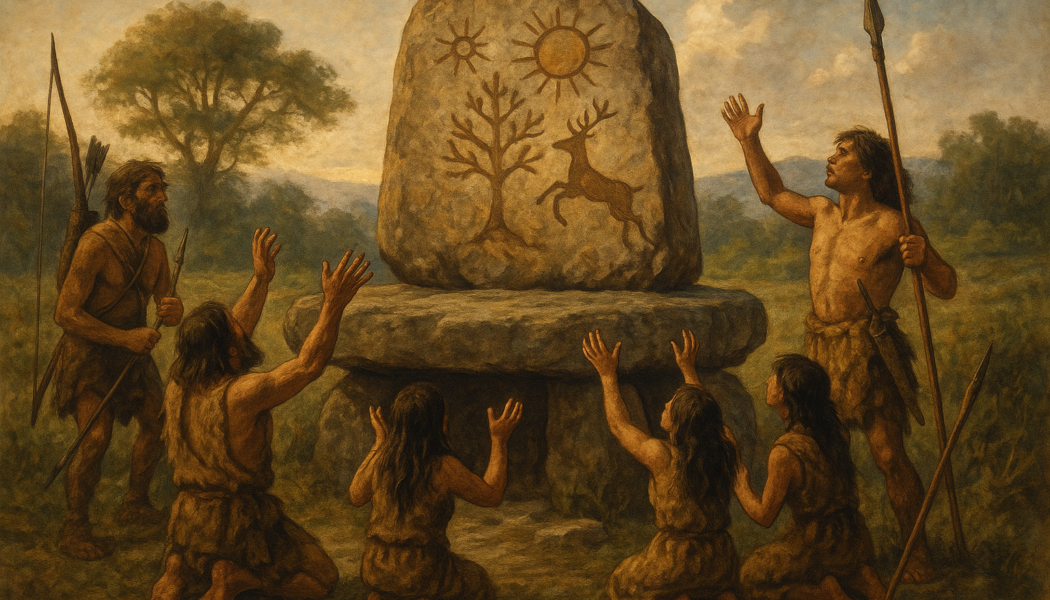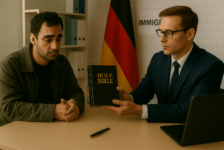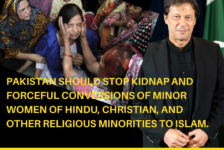Mircea Eliade, a prominent historian of religion, philosopher, and fiction writer from Romania,
profoundly influenced the study of comparative religion. His work The Sacred and the Profane
(1956), originally published in French as Le Sacré et le Profane, explores the deep structure of
religious worldviews. The book concerns not dogmas but how religious thinking divides the
world into sacred and profane realms. He argues that archaic societies—those with religious
traditions that came before Judaism and Christianity—held a clear and powerful distinction
between these two domains.
In these older cultures, religion was closely tied to the rhythms of the cosmos. Unlike modern
religions that focus on linear time and historical events, archaic religions followed cyclical
patterns. Their myths of creation formed a kind of history, but one very different from the secular
kind that centers on human agency. As Eliade writes, “Someone without religion has lost the
ability to live religion consciously… but she/he still preserves the memory of it in the depths of
her/his being.”
Even in today’s secular world, Eliade believes traces of religious experience survive. Modern
individuals may not think of themselves as religious, but they still carry unconscious memories
of sacred ways of being. This idea echoes Freud’s theory of the unconscious and contrasts with
Nietzsche’s famous claim that “God is dead.” Where Nietzsche sees absence, Freud—and
Eliade—see something hidden but still alive: the sacred now buried in the unconscious.
Eliade’s central question is how the sacred continues to show itself, even in a world shaped by
history and individualism. Modern life no more revolves around the sacred, but Eliade’s cross-
cultural research shows that sacred symbols and rituals still linger. Today, people are expected to
shape their own identities through history rather than follow traditional archetypes. The result is
a world that has been “desacralized,” where the sacred does not lead everyday life any more.
In this secular world, the old sense of unity with nature and the cosmos has faded. The “profane”
has become dominant. But in traditional cultures, religion was about sacred eruptions into the
everyday world. Eliade calls these moments “hierophanies”—from the Greek hieros
(ἱερός/sacred) and phainein (φαίνειν/reveal). These are not limited to divine revelations, but
include any moment when the sacred reveals itself in the world, often through symbols, myths,
or rituals.
From the most elementary hierophany-e.g., manifestation of the sacred in some ordinary
object, a stone or a tree-to the supreme hierophany… there is no solution of continuity.
In this worldview, the sacred structures life, value, and direction. Reality makes sense when it
reflects or imitates the divine order. The sacred is not far away or abstract—it lives in the
everyday: the home, the street, the city. It is through the sacred that people become open to the
world around them, seeing its spaces and events as part of something greater. Even small signs
could mark the presence of the sacred.
One key idea Eliade explores is the “eternal return”—the belief that cosmic order is renewed
through repeating sacred events like birth, death, and rebirth. In this view, true time is circular,
not linear. Because they live by this circle, traditional cultures are often seen as “outside” of
history, or “historyless,” by modern standards.
Modern society, by contrast, has become “historicized.” It treats time as a one-way street and
sees meaning as created by human effort alone. This defines the space of the “profane” person,
who may question sense, accept uncertainty, and reject the idea of transcendence. Yet Eliade
insists that even the modern individual is structured by the old religious mindset. The secular
person remains a descendant of homo religiosus/symbolicus, the symbol-making human.
For Eliade’s view, there is a kind of hidden mythology at work in everyday life. Even without
traditional religion, people find meaning in films, music, literature, and shared cultural visuals.
These modern forms echoe ancient sacred stories. They reflect how deeply humanity was once
connected to the sacred—and how those connections continue in the human imagination.










